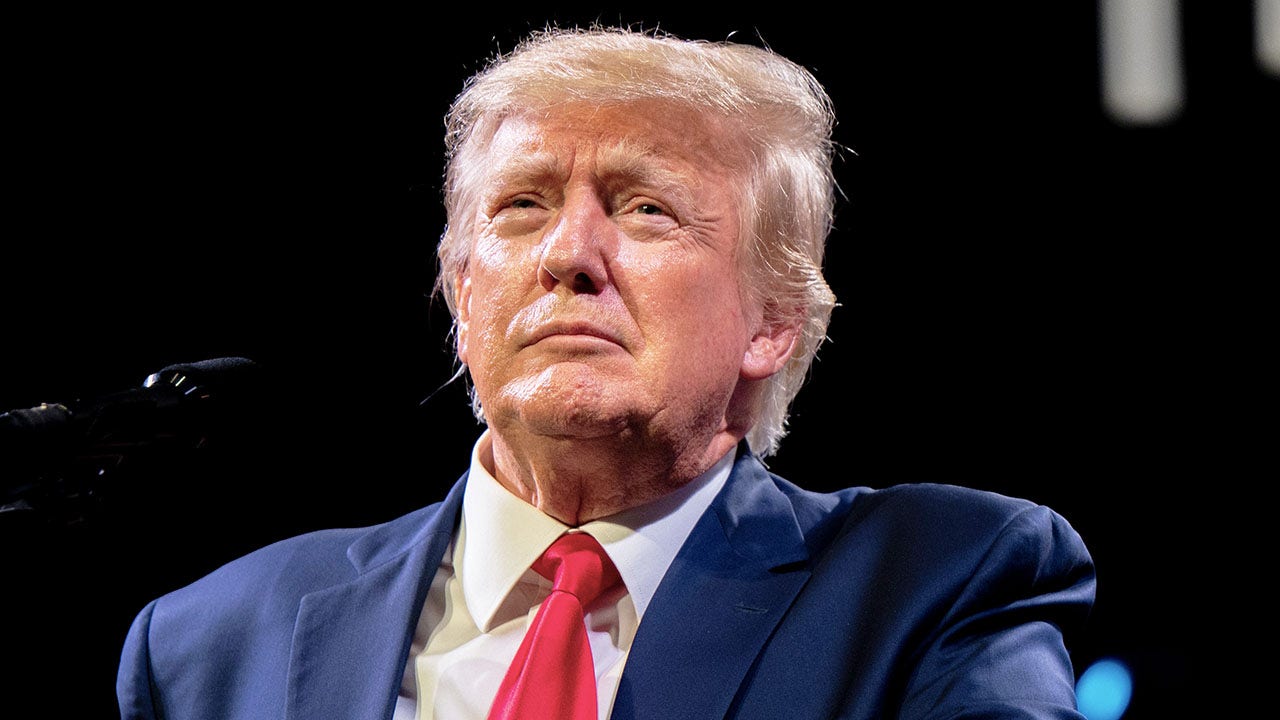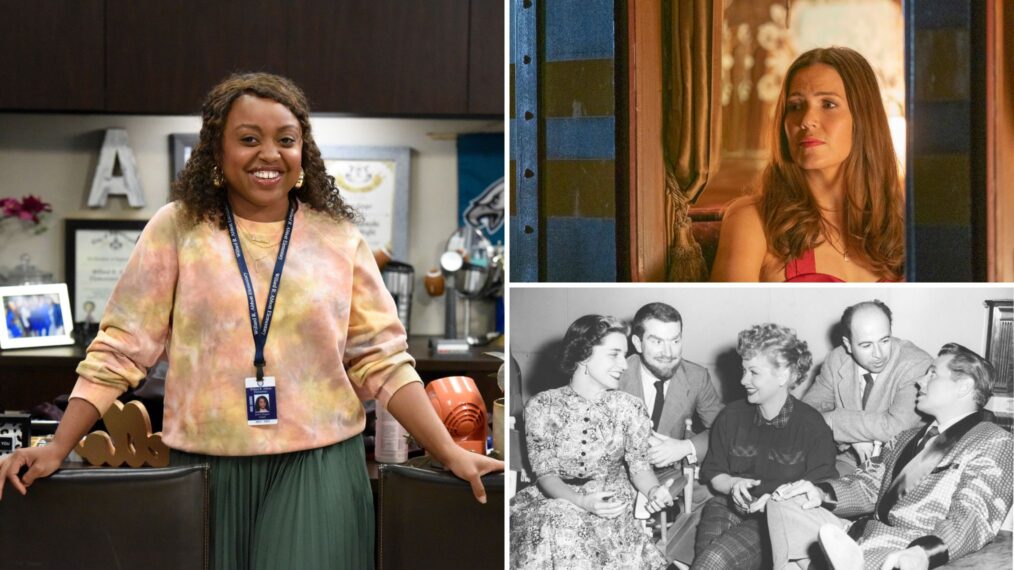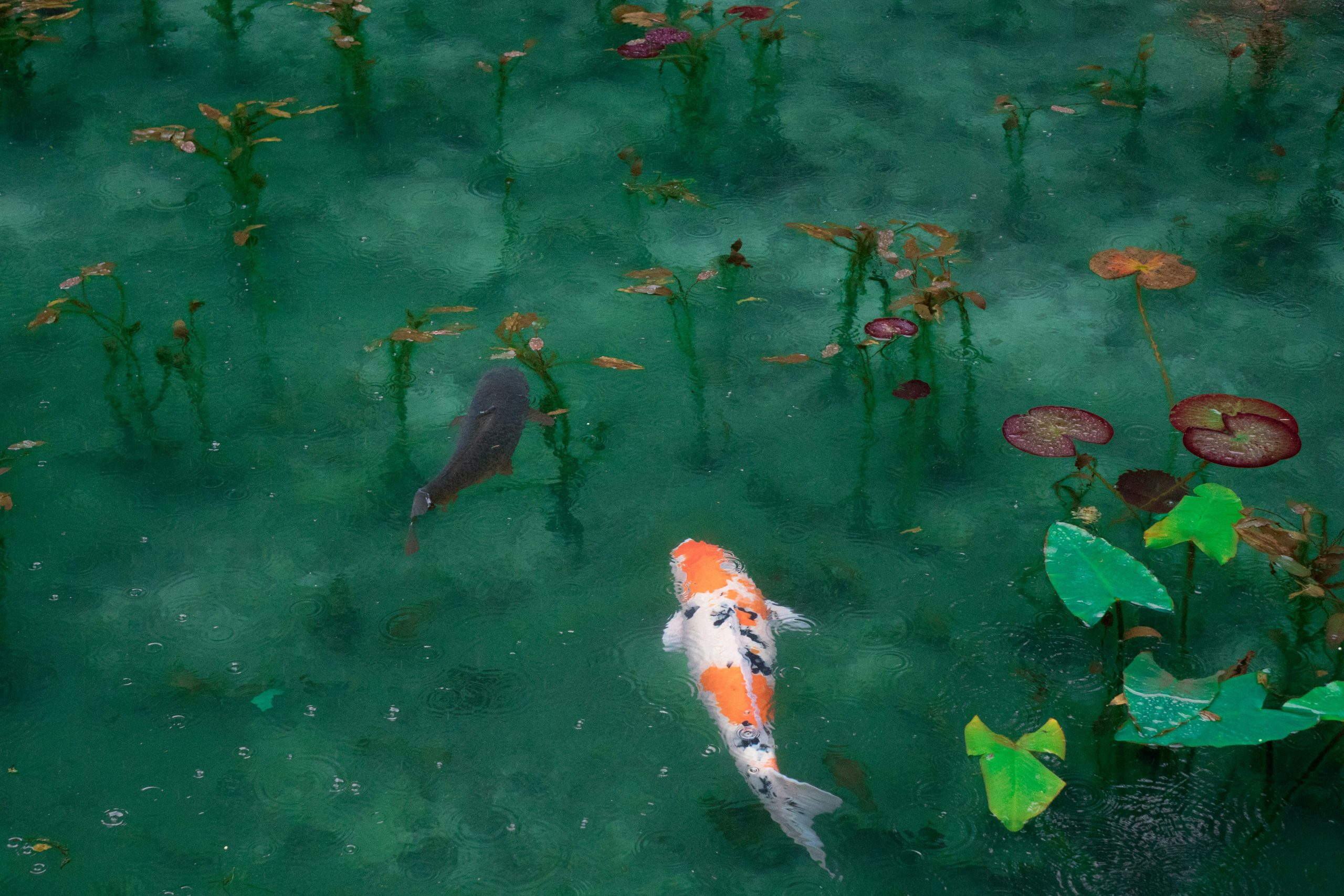[This story contains spoilers for Jordan Peele’s Nope.]
What’s the deal with the chimp? Well that chimp, Gordy, is the key to the whole bloody affair.
Let’s back up for a moment. Jordan Peele’s latest film, Nope, further cements the filmmaker as one the most important contemporary voices in cinema. Across three films, Get Out (2017), Us (2019) and Nope, Peele has displayed a unique and incisive ability to discuss who we are as a species shaped by history we remain largely ignorant of. His latest, an ambitious sci-fi-horror film that subverts expectations, has such sights to show us. And while we cast our eyes upon these sights, we’re left to question whether we should be looking at all.
In this age of “content” geared towards “consumers,” in which almost every experience, the beautiful, the tragic, and the horrific, is made public and packaged for our entertainment, we’ve allowed ourselves to depersonalize and otherize for the sake of entertainment. We’ve allowed screens to create a barrier between us and them.
Hollywood feasts on the minority experience. It always has. Nope provides a history lesson in that sense with Eadweard Muybridge’s “The Horse in Motion,” the first motion picture. While Muybridge is known by the film scholars and enthusiasts, the name of the Black jockey, the “first movie-star” as the film puts it, has been lost to history. That jockey’s descendants, OJ (Daniel Kaluuya) and Emerald Haywood (Keke Palmer), who stand at the center of Nope, have sought to reclaim that legacy after their father, Otis (Keith David), is killed by falling metal debris — a token, a coin to be exact. As Hollywood horse trainers, the Haywoods have barely managed to get by, forced to sell half of their horses to feed others. In an industry largely driven by nepotism, it speaks volumes that the Haywoods have been forced to remain in their place, tied down and unable to move on up in the entertainment industry.
During a shoot for a commercial, OJ attempts to impart safety guidelines to the crew about the horse, Lucky, such as not standing behind him or looking him in the eye. But the director, notably portrayed by Oz Perkins, filmmaker and son of Anthony Perkins, and crew mock the rules and OJ, giving him and his sister the same amount of respect as the horse. These individuals are simply things to look at, tools in the creation of content. Crew members treat them as subservient in ways that others can witness, allowing them to elevate their own positions. When living creatures, be they human or animals, are made a spectacle of, they are diminished, reduced to entertainment — currency exchanged for status.
Ricky “Jupe” Park (Steven Yeun), a former child actor who runs a Western-themed amusement park, Jupiter’s Claim, is in a predicament not entirely different from the Haywoods, even if he seems more successful on the surface. Jupe gained fame as a child on a movie called Kid Sherriff. The idea seems innocent enough, but the history of moviemaking tells the story of child actors of color being used as tokens. The idea of an Asian American kid portraying the quintessential white American archetype, the cowboy, in a movie that would have debuted in the late ’80s or early ’90s, would have very clearly been a spectacle, a concept funny to audiences even if they weren’t exactly sure why.
Some can’t help but compare Peele to Spielberg, and Nope certainly shares similiarites with Jaws(1975). While it’s easy to see that line of thought, it’s another Spielberg movie that hangs over Jupe, and is even referenced by the font on the Kid Sherriff poster. It’s difficult not to think of Ke Huy Quan, who portrayed Short Round in Indiana Jones and the Temple of Doom (1984), or Gedde Watanabe, Long Duk Dong in Sixteen Candles (1984), whose accents were mocked by audiences and whose characters became apocryphal examples of the diminutive Asian sidekick and the foreign exchange student. Both actors struggled to find a place in Hollywood afterwards because the spectacle rarely translates into currency, or opportunities for nepotism. And as we’ve seen most recently with Quan’s performance in Everything Everywhere All At Once, we’ve been missing out on a brilliant talent because of that. So, when we find Jupe running a cheap theme park in the middle of nowhere with his three kids, who put on shows for audiences in the hopes of being discovered, we are witnessing a familiar Hollywood story play out, just not the one people talk about.
But that’s only half of Jupe’s story. The other half comes back to the chimp. As Jupe explains to Emerald, who seems to have some unconscious memory or preternatural sense about the chimp, he was a cast member on a sitcom called Gordy’s Home following the success of Kid Sherriff. Nope opens with a gruesome attack from a chimp on the set of the sitcom, an attack that later becomes the subject of a cover of MAD Magazine and an SNL sketch in which Chris Kattan portrays the chimp. Only later in the film do we see the full extent of the chimp attack, which was so intense and horrifying in camera angles and sound effects that it stands as one of the most frightening sequences in Peele’s filmography.
So, what’s the deal with the chimp? It was the balloons, or rather what they symbolize. The episode titled “Gordy’s Birthday,” features a white father, mother, and sister, their presumably adopted son played by Jupe, and the chimp, Gordy. As the family celebrates Gordy’s birthday, with the chimp, whose real name is never given and is simply referred to as “one of the chimps that played Gordy,” dressed in human clothes and wearing a birthday party hat, Jupe takes out his present, a small box, before his sister, portrayed by the actress Mary Jo Elliot (Sophia Coto) comes out with a much larger box and steals the attention away from her brother. Like Kid Sherriff, we’ve seen this kind content before, in which the token character is used as a set-up for a joke. When Elliot opens the box, a half dozen balloons rise up, hitting the stage lights and popping, sending the ape into a frenzy that only stops when he sees Jupe cowering under a table and he extends his fist to him, to perform the fist bump move they perform on the show.
Balloons are an invitation to spectacle. They suggest, “come see, come see” and promise entertainment. But they are also empty, filled with air, and when they deflate or pop and we realize the spectacle is over we too are left with a feeling of emptiness, the craving sensation for more. The popping balloons startle Gordy, yes, but more importantly, they signify the end of spectacle. Gordy, tired of being the side-show attraction, the joke, reminds those around him that he is not an attraction, or a means for humans to elevate themselves in comparison to their ape cousins. Gordy’s bloodshed is a reminder of what he is. It’s as if he is saying, “You want to watch me? Really watch me? Then let me show you — I’m a wild animal.” Yet, Gordy doesn’t attack Jupe because he sees kinship in him, another living being treated like a spectacle, a token, in front of a live studio audience. It’s a commentary on the ways in which people of color, have often been compared to animals, apes in particular, as a means to discard their humanity, and how even on the set of a Hollywood soundstage, they’re still seen the same way — things to be sold to audience who never let them grow beyond the chains of expectation placed on them.
Nope expands that concept through the presence of an alien lifeform, not a UFO, but a giant disc shaped eye, drawn to the area by tube men, people shaped balloons that promise spectacle, something to consume. And consume the alien does, sucking up life forms into itself and taking all people ever were or could be as sustenance. The alien does what we’ve been doing for generations, watching people in positions stripped of power and then consuming their experiences for our sustenance. It’s no coincidence that the people chasing this alien in the hopes to get footage, secure their legacies, and become somebody are OJ, a Black man, Jupe, an Asian man, Angel (Brandon Perea), a Latino man, and Emerald, a queer Black woman, all groups that we’ve seen dehumanized in our movies, television, and news footage.
Stop for a moment and consider the groups of people we most often see murdered in movies and on television, and then consider the groups of people we often see brutalized in shaky cam footage shared on the news and social media. It’s minority groups. The suggestion here isn’t that movies and television lead people to commit crimes against these people. Rather, it’s the idea that we come desensitized to seeing violence committed against these groups until it becomes tolerable.
Footage of cops killing Black people, Asian Americans being assaulted on the streets, Latinos being put in cages, and Queer people being harassed and murdered may start as news but there reaches a point in sharing that footage that we stop seeing the victims as people, but as currency for our political awareness and badges to show how woke we are, a boon of gratitude and relief that it wasn’t us, and in some cases, though few would admit it, something to see simply because it’s trending. Months ago, an active shooter livestreamed a mass murder of black people at a shopping store in Buffalo, New York. He did it for his racist ideology, but he also did it for the views. We may not be doing the murdering but we do share some culpability in what we watch, and how it allows blood to be spilt, just like the blood the alien rains down on the Haywood’s home after feasting on the spectators at Jupiter’s Claim.
We haven’t grown beyond gladiatorial arenas, we’ve just changed the way we view them, eagerly consuming experiences that shouldn’t be seen instead of scrolling by and saying, “nope.” OJ’s name, revealed to be Otis Jr., is meant to conjure images of OJ Simpson and the 1994 and the televised high-speed car chase following the murders of Nicole Brown Simpson and Ron Goldman. The public couldn’t turn away, and once the trial began more people tuned in. We’ve only seen this issue of turning crimes and tragedies into spectacle grow over the years. Most recently the highly publicized Johnny Depp and Amber Heard defamation trial became a spectator sport online, with fans scouring every moment of footage in the hopes to turn the public opinion in favor of one or the other. The term media circus no longer seems to cut it, because the public have involved themselves and no longer just watch, but ride the reactions, testimonies, and verdicts as one would a roller coaster.
Even the most painful experiences aren’t beyond the subject of jokes and parody. While it may seem like a stretch to imagine SNL doing a skit on the Gordy incident, we’ve accepted worse for the means of our entertainment. Public figures in the midst of mental health crises, politicians getting away with murder, child abuse, police brutality. And then there’s TMZ, which comes into play in Nope’s third act. The “news” site represents a dissolution of privacy, and notion that everyone wants their five minutes of fame, regardless of the pain. Nothing is off-limits as long as we can maintain that barrier that separates us and them. But OJ, Emerald, and Angel aren’t just after five-minutes, fleeting celebrity, but creating a lasting legacy that the world has denied them, by capturing the alien on film.
There is power in watching, and sometimes beauty. Peele doesn’t forget that. When the alien reveals its full self, a giant billowing, balloon-shaped organism with a square-shaped mouth that resembles a camera lens, we’re reminded that watching has the potential to humanize rather than dehumanize, to tell the stories of those history has tried to erase. And the alien, in it’s final balloon like form, invites us to come see, to look it in the eye and see ourselves reflected in it. Are we merely consumers? Or are we historians and storytellers?
The photos Emerald captures of the alien before it bursts after consuming a giant-inflatable balloon may allow OJ, Angel, and herself to gain recognition, cement their legacy and thus freedom. But in reminding people that they aren’t nameless individuals existing for the consumption of other people, they run the risk of upsetting the perceived status quo. The chimp known as Gordy died with a bullet in the brain when he rocked the boat, and even dead he was forced to remain a joke, a spectacle. And so, much like Get Out and Us, Nope leaves audiences with an ending that feels triumphant but begs the question of what happens after the screen cuts to credits.
Does the barrier shatter and permit tokenism to be exchanged for a lasting Hollywood currency and legacy? Or does the fact that Emerald has been drawn to Gordy’s story throughout the film suggest that mankind will do what it has always done, dress up those they see as less-than in the garments of humanity, take all they can from them for entertainment, and then spill their blood? Do we want to see how it all plays out? Most assuredly, the answer is, “nope.”




























































